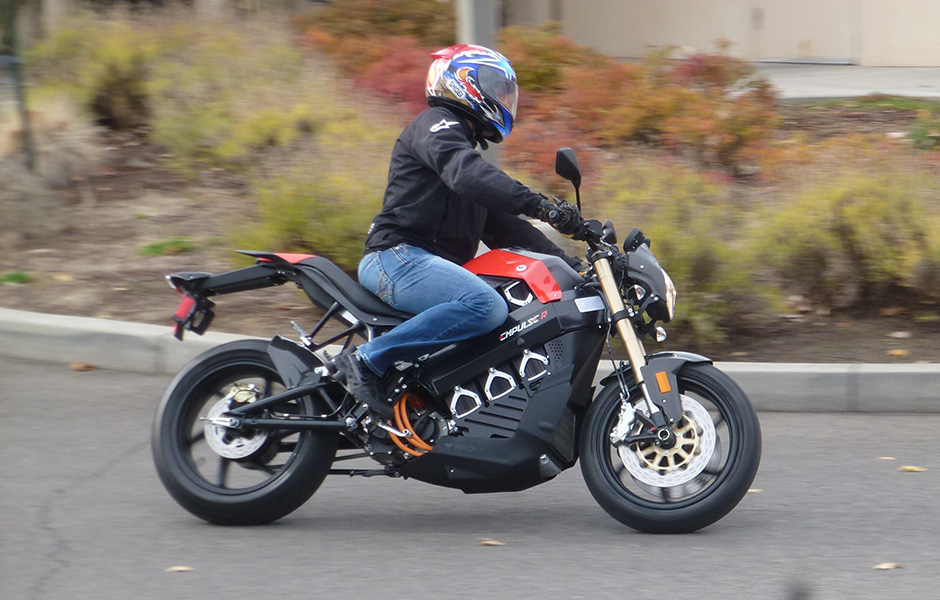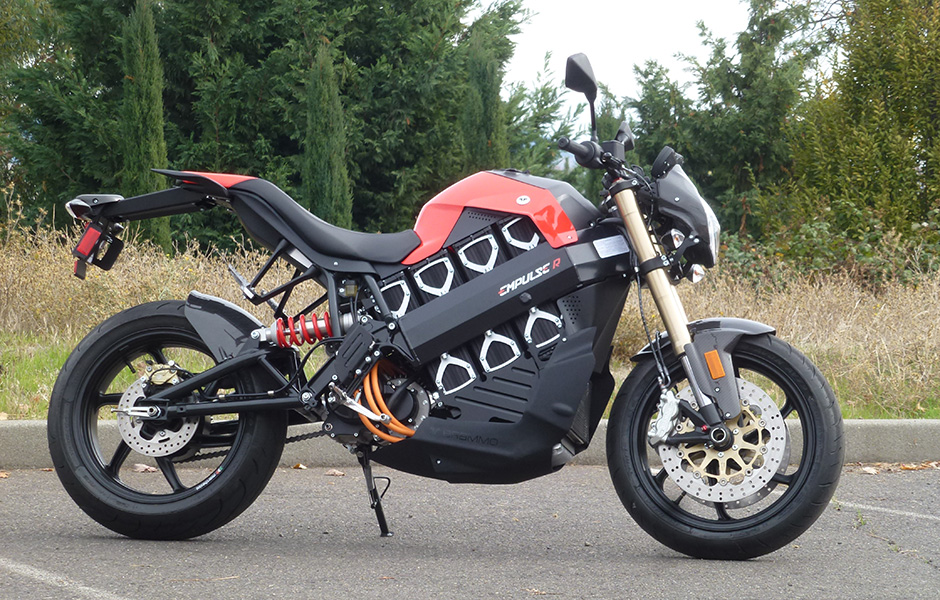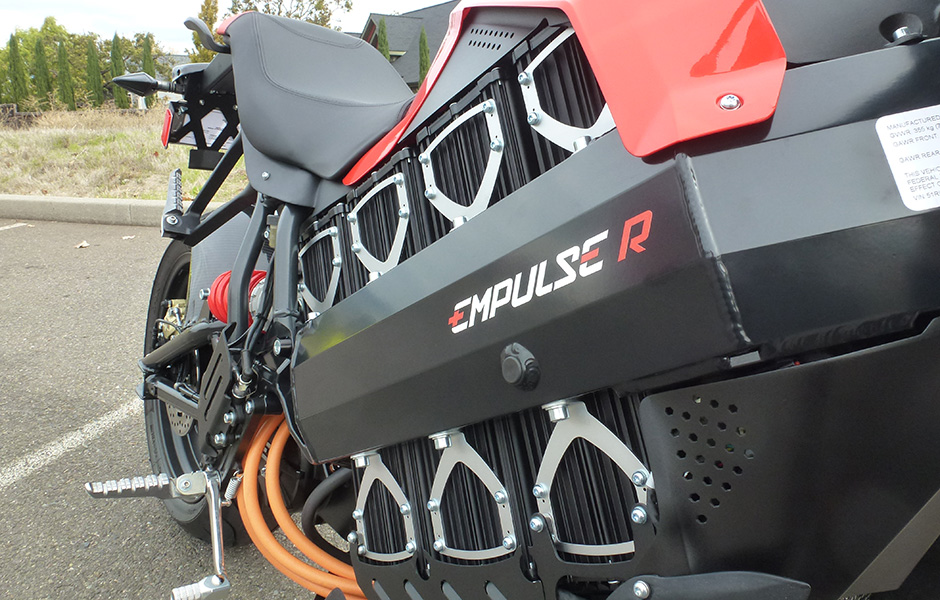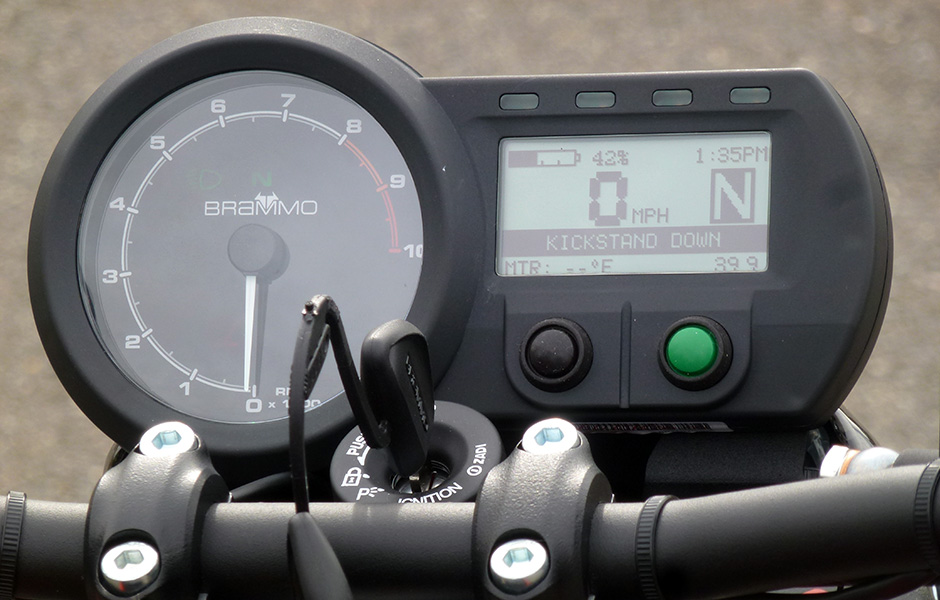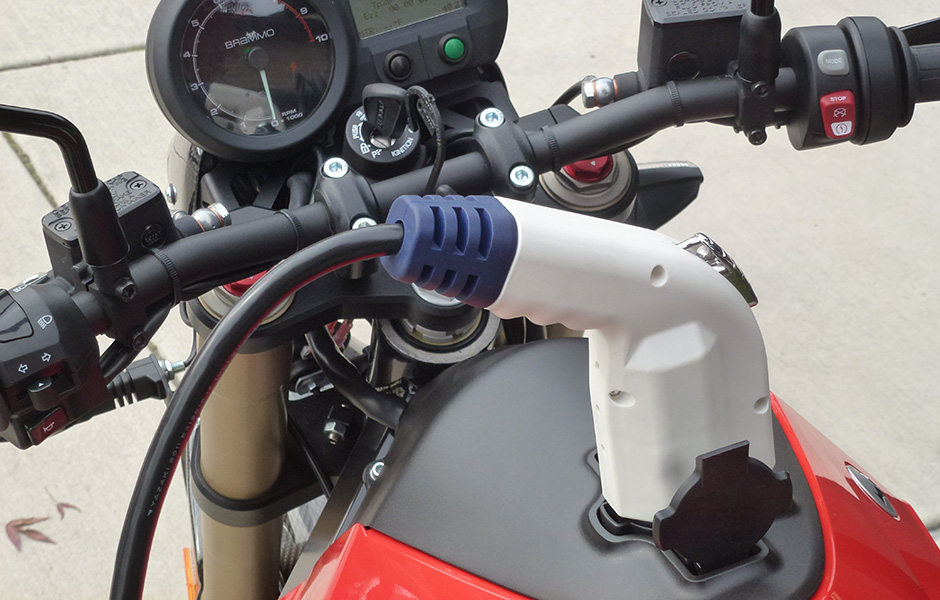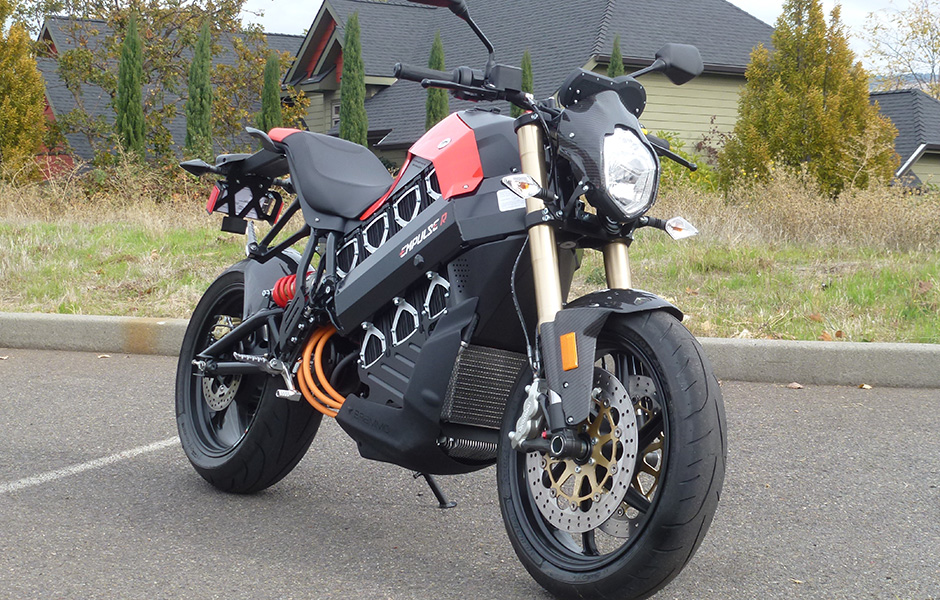What will it take to get motorcycle riders to seriously consider buying an electric bike? With Polaris’ recent acquisition of Brammo, of which Polaris was a primary investor, we could soon find out.
In 2013, I managed to talk my way onto an early production (No. 24) Brammo Empulse R, an electric motorcycle being made in Ashland, Oregon, an upscale outpost in the southern part of my home state that is more well known for their annual Shakespeare festival and high median income levels than for a motorcycle manufacturing base.
But that’s where Brammo CEO Craig Bramscher decided to piece together their line of new-think electric bikes, which when first released were arguably the most motorcycle-ish of the nascent breed of electric motorcycles.
ATV, snowmobile and military equipment maker Polaris is a perfect buyer for Brammo, with their growing line of Victory performance cruisers and newly rebooted Indian machines finding both popular and critical acceptance. Can they do the same for electric bikes? It’s still early in the game and there are several critical issues that need to be addressed. Certainly, building in some familiarity to the expected “motorcycle riding experience” is one.
With its perimeter frame, triple disc brakes, sportbike rubber, naked-bike styling, engine-like battery casing and six-speed gearbox (a feature pretty much every other ebike maker passed on in favor of the more simplistic single-gear approach) the Empulse neatly bridged the psychological and mechanical chasm between an old-school petrol bike and an approachable electric. It looks, and for the most part, performs pretty much like a gas-powered bike.
Riding the Empulse, I recall clearly that, overall, it wasn’t that much different than tooling around on a modern 600cc naked machine. Indeed, the Empulse borrowed more than a few cues from the popular Suzuki SV650.
Those similarities ended to some degree when you pulled up to a stoplight in near-silence, only to sit there in total silence, bike in gear, clutch out. When the light turned green, you just rolled on some throttle, no clutch action required. Weird, but also really easy to get used to. Also, riding around town can be done entirely in first gear (or even second); the only time I really needed to clutch in and toe up a gear was on country roads or on the interstate as speeds top 45 or 50mph.

The Empulse is capable of blowing through 100mph without breaking a sweat, and the biggest battery on the options list allows for 100 miles or better in terms of range during real-world (say, sub-80mph) riding. It’s a real-deal motorcycle. Brammo even has a racing team based on the bike. Good stuff.
With Victory and Indian, Polaris has repeatedly demonstrated they “get motorcycling,” which is not nearly as easy as you might think. Motorcycles aren’t cars (duh), and by that I mean very few people in the U.S. really need a motorcycle the way we typically “need” cars, so they are mostly purchased as two-wheeled RVs, something to have fun with and “be seen” on. Polaris faces some tough problems in making an electric bike so attractive.
The first is range, which as mentioned, tops out at about 100 miles of mixed riding on an Empulse R. After that, you need to juice the Empulse back up, which takes 20 minutes with a Type II-level charger and a whole lot longer if you only have a wall outlet to work with. Adding a bigger battery could help, somewhat. Range could be extended, but weight, the biggest enemy of a motorcycle, goes up along with cost and charging times.
Finding a a charging spot, especially a Level II fast charger, is still a challenge, although that is changing and at least on the West Coast, at a pretty quick pace, so “range anxiety,” eventually, will be less of an issue. Also, battery technology is essentially in its infancy. If you follow electronics or computers at all, you know you can bet that performance and capacity for the same volume of space will increase, while cost and weight will go down as economies of scale and battery R&D gains momentum. Nothing but good news there.
What about the look? If Polaris is smart (and they usually are about these things), they will likely hone the rough edges off the Empulse while retaining its signature battery braces, frame and naked-bike stance. Its a good looking bike already, and instantly recognizable as “a motorcycle,” rather than obviously being an ebike.
On the technical side, the gearbox, while imparting an air of familiarity Brammo said riders they surveyed really wanted, really could go away, simplifying the bike while subtracting weight and opening some space for more battery capacity. However, it would be nice to retain perhaps a three-speed box for shifting fun, and maybe pitch the heavy/noisy chain drive for a belt such as that used on Brammo’s lower-tier single-speed Enertia models. Those changes would not affect performance or appearance; if anything, performance could be enhanced. My bet is the gearbox will not reappear on the Polaris’ update of the bike.
Last of all is price. At $18 large for a top-line Empulse R, it was expensive (hint: it’s cheaper right now, a lot cheaper). As Polaris brings economy of scale, R&D might and cutting-edge tech to the bike, it’s possible the price could fall by a lot, perhaps to around $10,000 in the near future. That puts it in league with many premium middleweights, with an important caveat: with an electric bike, there’s no gas or oil to buy and maintenance is very minimal.
Can Polaris bring some new cool and affordability to the next Brammo bike? As it sits right now, the Empulse is a pretty complete package. It isn’t something a bunch of fellas cobbled together in a garage over a few weekends. I’d ride one every day if I could – it’s great fun and giving the finger to Big Oil never gets old.
It will be interesting to see how Polaris handles taking over Brammo, and what quietly rolls out of the factory doors in the years ahead.
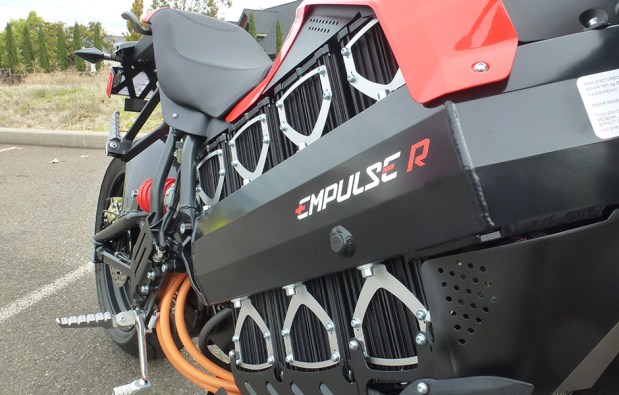
What changes – if any – would you like to see Polaris make to Brammo’s bikes? Would you ride an electric bike? Why or why not? Let us know in comments. All photos by Bill Roberson.
